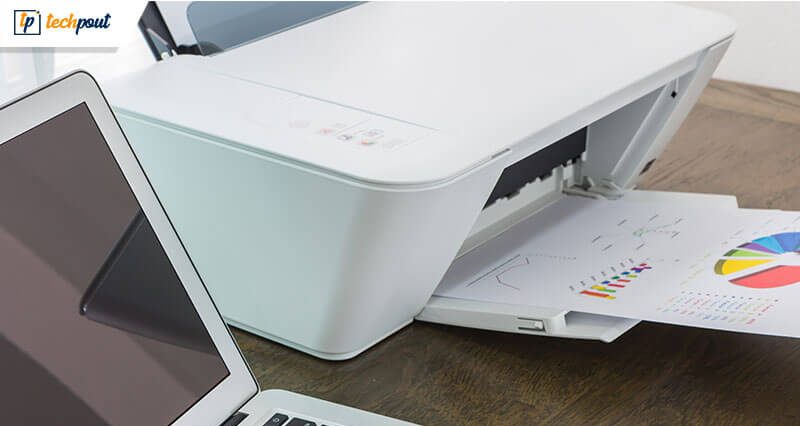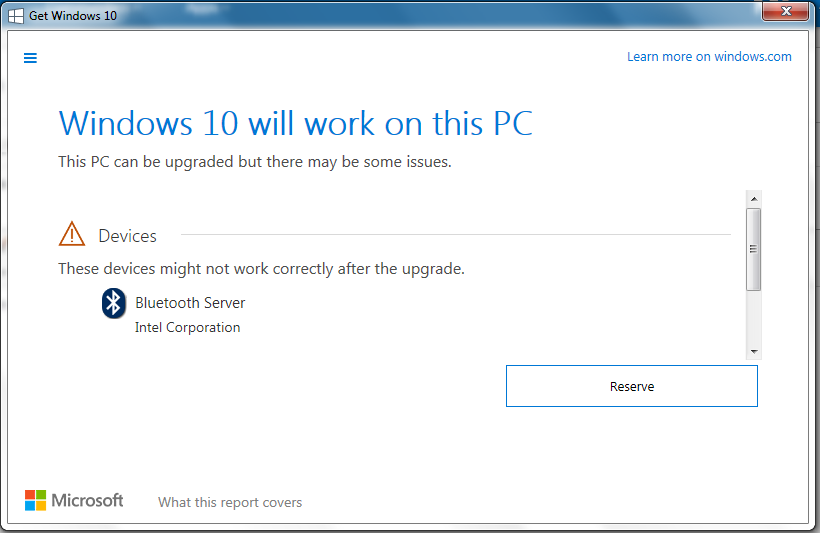

To support driver isolation, the INF file that installs a printer driver can use the DriverIsolation keyword to indicate whether the driver supports printer driver isolation.

An administrator can override these configuration settings and specify, for each driver, whether to run the driver in the spooler process or in an isolated process. However, if the INF file indicates that the driver supports driver isolation, the installer configures the driver to run in an isolated process. Driver isolation support in INF filesīy default, if the INF file that installs a printer driver does not indicate that the driver supports driver isolation, the printer class installer configures the driver to run in the spooler process. By isolating the driver, the administrator can prevent a fault in a driver component from halting the print service.įor more information about the spooler functions, see Spooler Component Functions and Structures. Starting with Windows 7 and Windows Server 2008 R2, an administrator can, as an option, configure a printer driver to run in an isolated process-a process that is separate from the spooler process. The failure of a single print driver component could cause the print subsystem to fail, halting print operations for all users and for all print components.


Printer driver components that ran in the spooler process included the following: In previous versions of Windows, printer drivers always ran in the same process as the spooler. Starting with Windows 7 and Windows Server 2008 R2, an inbox printer driver must support printer driver isolation and be able to run in an isolated process. Support for printer driver isolation is implemented in Windows 7, Windows Server 2008 R2 and later operating systems. Printer driver isolation improves the reliability of the Windows print service, by enabling printer drivers to run in processes that are separate from the process in which the print spooler runs.


 0 kommentar(er)
0 kommentar(er)
